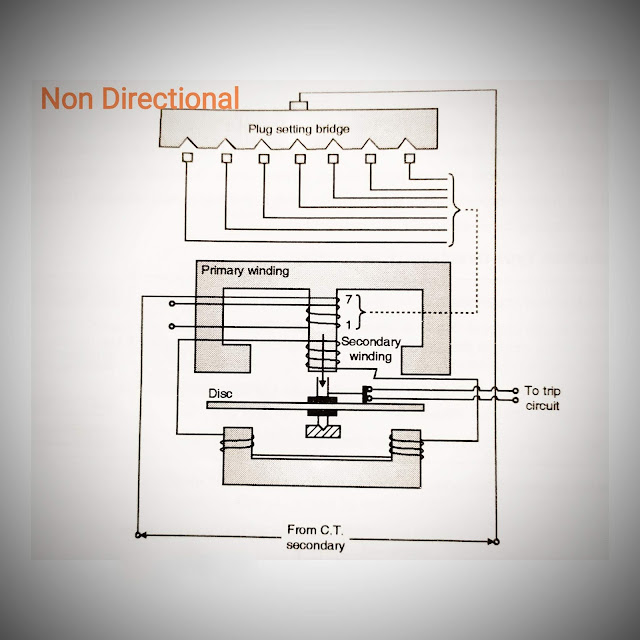Fuses
Fuses
A fuse is a Short piece of metal inserted in the circuit, which melts when excessive current flows through it an thus breaks the circuit and protects the equipment.
Materials of fuse:-
- Most commonly used materials for fuse elements are lead, tin, copper, zinc, silver. Silver is used now-a-days. It is a best fuse material.
Important terms related to fuses:-
- Current rating of fuse element:-
- It is the (r. m. s. value of) current which the fuse element can carry without over heating or melting.
- Fusing current:-
- It is the minimum current at which the fuse element melts and disconnects the circuit protected by it. This value is obviously more than cuurent rating.
- Fusing current depends upon the material of fuse element, length, diameter and type of enclosure.
- The value is always greater than one. The smaller the fusing factor, the greater the difficulty in avoiding determination due to overheating And oxidation at reted current.
Prospective current:-
- It is the r. m. s. value of the first loop of the fault current obtained in the fuse is replaced by an ordinary conductor of negligible resistance.
Cut off current:-
- This is the maximum current error value reached before the valve is melted.
The cut off value depends upon:
- Normal current rating of a fuse.
- Prospective current.
- The asymmetry of circuit waveform.
- Thus, the fuse breaks the circuit before the short-circuit current reaches to its peak. This is an advantage of fuse over C. B. because peak fault current produces most severe electrodynamics stresses and thermal effects, and because the fuse breaks the fault current (S. C. current) before its peak value, the circuits to be protected can be designed according to cut-off value.
- And cut-off value is less than peak value of S. C. current. The system is relatively cheaper and thus saving in cost is achieved.
Pre-arcing time:-
- It is the time between commencement of fault and instant when cut-off occurs. Typical value is 0. 001 sec.
Arcing time:-
Arcing time:-
- It is the time between the end of pre-arcing time and instant when the arc is extinguished.
Total operating time:-
- It is the sum of pre-arcing time and arcing time.
- The operating time of fuse is quite low (0. 002 sec.) as compared to C. B. (0. 2 sec.). This is an added advantage.
Breaking capacity:-
- It is the r. m. s. value of A. C., The maximum potential current component that can handle the aroma is the rated service voltage.
Desirable Characteristics of a Fuse Element:-
- Low melting point.
- High conductivity.
- Free from oxidation.
- Low cost.
Advantages:-
- Very cheap in cost.
- Maintenance is minimum.
- Automatic operation.
- Breaks the circuit without smoke and noise.
Disadvantages:-
- Refusing requires considerable time.
- Discrimination between fuses in series cannot be obtained in short circuit.
- Current time characteristics of a fuse cannot always be co-related with that of the protected apparatus.




Comments
Post a Comment